Young #Moroccans clash with police while protesting stadium spending and health system decline.
Hundreds of young Moroccans took to the streets of at least 11 cities across the North African nation, denouncing corruption and blasting the government for pouring money into international sporting events while neglecting health and education.
They drew a direct link between the country’s struggling health care system and its investments in the lead-up to the 2030 FIFA World Cup, shouting slogans including, “Stadiums are here, but where are the hospitals?”
Morocco is building at least three new stadiums and renovating or expanding at least half a dozen others, preparing to co-host the event. It will also host the Africa Cup of Nations later this year.
Police in plainclothes and riot gear disrupted protests in several cities, including Rabat and Marrakech, and arrested demonstrators, including in Casablanca, an Associated Press reporter witnessed.
Since at least a decade ago, protests in Morocco have often centered on regional inequities and the government’s priorities in Rabat. This weekend’s nationwide rallies coalesced around popular anger seen earlier this year in isolated incidents throughout Morocco, including in areas still reeling from the deadly 2023 earthquake. Unrest swelled most recently after eight women died giving birth in a public hospital in Agadir, a large coastal city 300 miles (483 kilometres) south of Rabat.
Leaderless movement driven by Gen Z
The Moroccan Association for Human Rights said dozens were arrested on Saturday, including some who were physically assaulted. Some were freed overnight, it said, adding that the arrests “confirm the crackdown on free voices and restriction of the right to freedom of expression.”
Unlike past protests driven by unions or political parties, the leaderless movement organizing the weekend protests publicized them largely on social media platforms such as TikTok and Discord, popular among gamers and teenagers.
Two groups — “Gen Z 212” and “Morocco Youth Voices” — urged “peaceful and civilized protests” and responsible debate, even as many of their supporters voiced more militant demands.
“There is no hope,” Youssef, a 27-year-old engineer protesting in Casablanca, said. “I not only want health and education reforms, I want a whole system reform.”
“I want better salaries, better jobs, low prices and a better life,” he added, speaking on the condition of anonymity out of fear of facing arrest for attending an unauthorized protest.
In Morocco, people born between 1995 and 2010 make up the largest share of the population, and the weekend demonstrations were referred to as the Gen Z protests. Morocco’s youth have drawn inspiration from Nepal, where youth-led protests have channeled widespread anger over the lack of opportunities, corruption and nepotism.
Health sector is the focus of public anger
Moroccans have been demonstrating outside hospitals in cities and rural towns to denounce the decline of public services, local outlets reported.
Officials have denied prioritizing World Cup spending over public infrastructure, saying problems facing the health sector were inherited.
Earlier this month, Morocco’s billionaire Prime Minister Aziz Akhannouch defended what he called the government’s “major accomplishments” in the health sector.
“We managed reforms, upgraded the spendings, and we are in the process of building hospitals in all the country’s regions,” Akhannouch, who is also Agadir’s mayor, said. “The Agadir hospital has been facing problems since 1962 ... and we are trying to resolve them.”
After protests, Moroccan Health Minister Amine Tahraoui fired the hospital director as well as health officials from the region.
World Health Organization data from 2023 showed Morocco having only 7.7 medical professionals per 10,000 inhabitants and far fewer in certain regions, including Agadir, with 4.4 per 10,000. The WHO recommends 25 per 10,000.
Akram Oubachir, The Associated Press
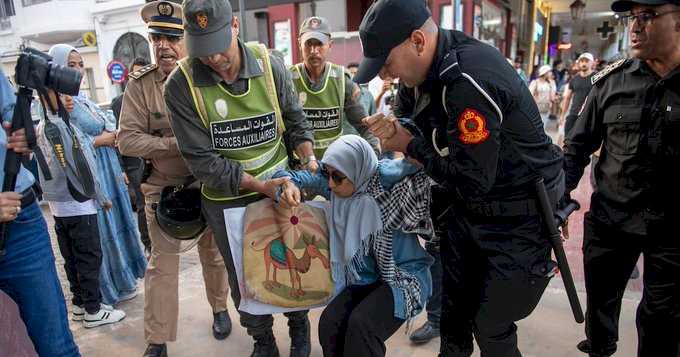

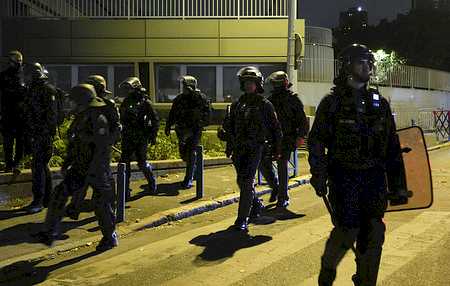


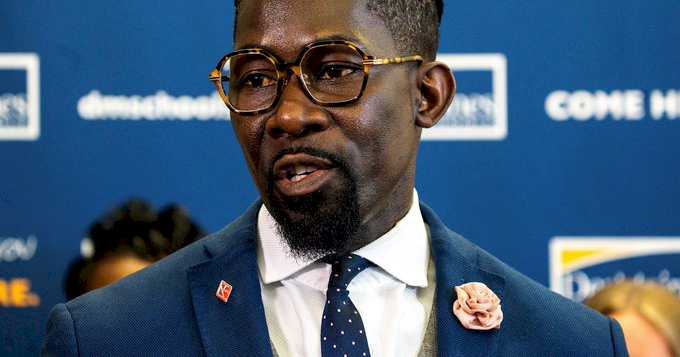
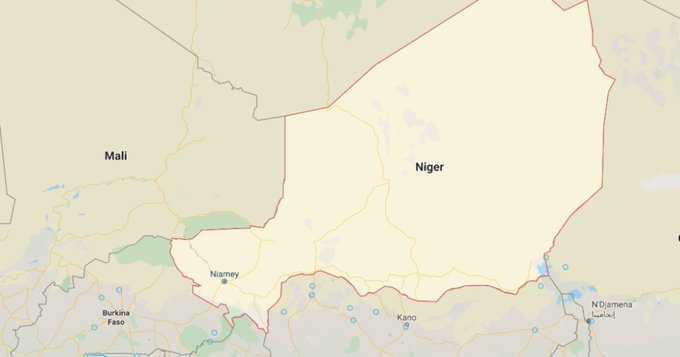
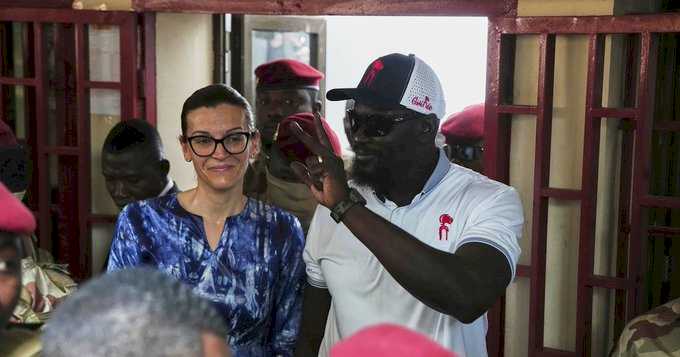
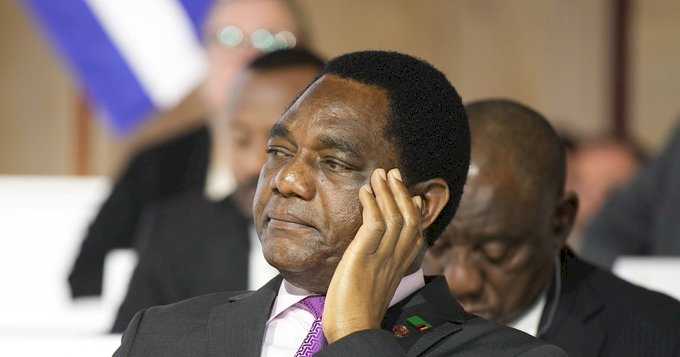
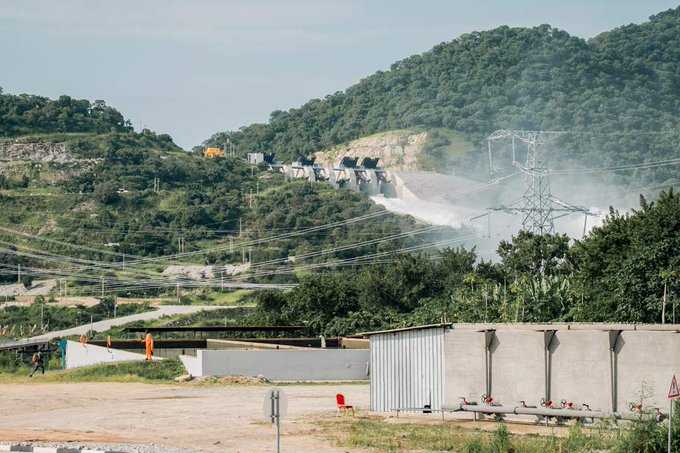
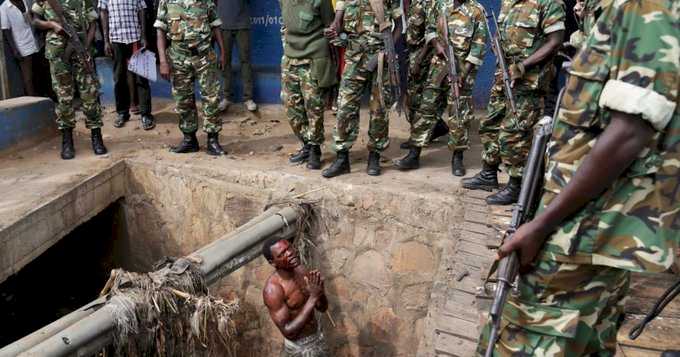
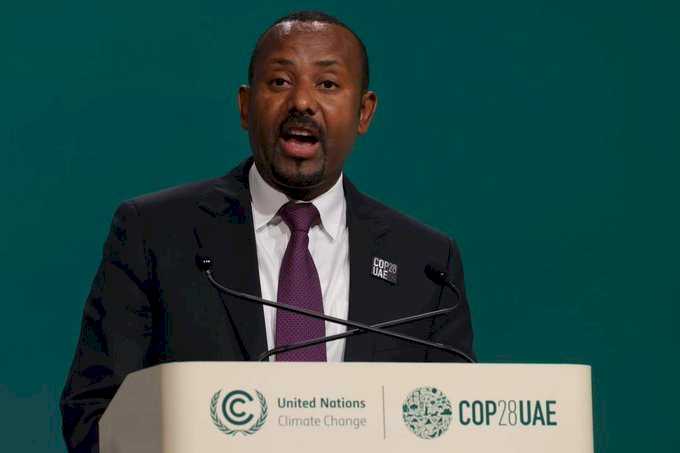
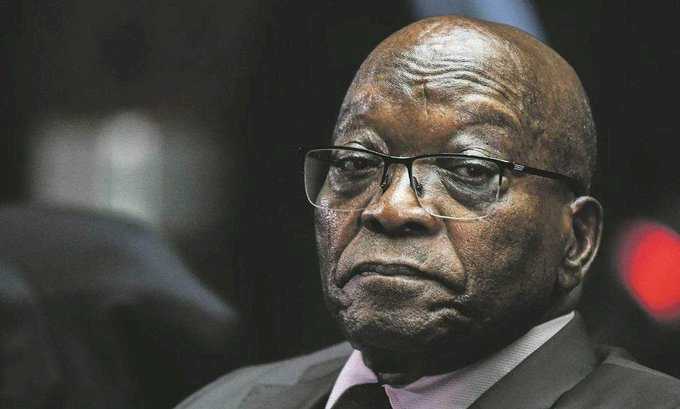

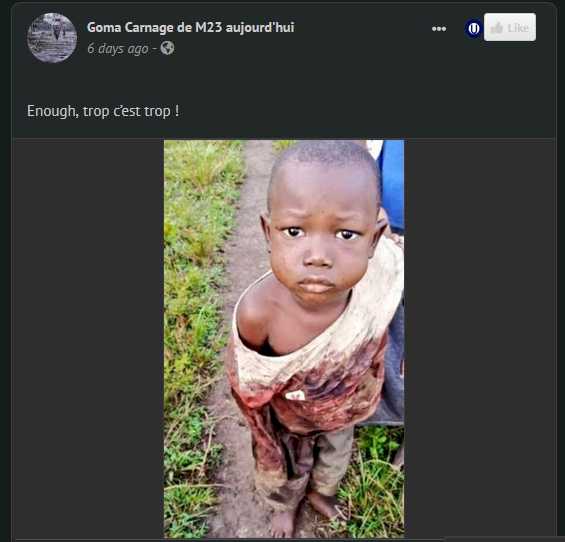

Africa news on Umojja.com